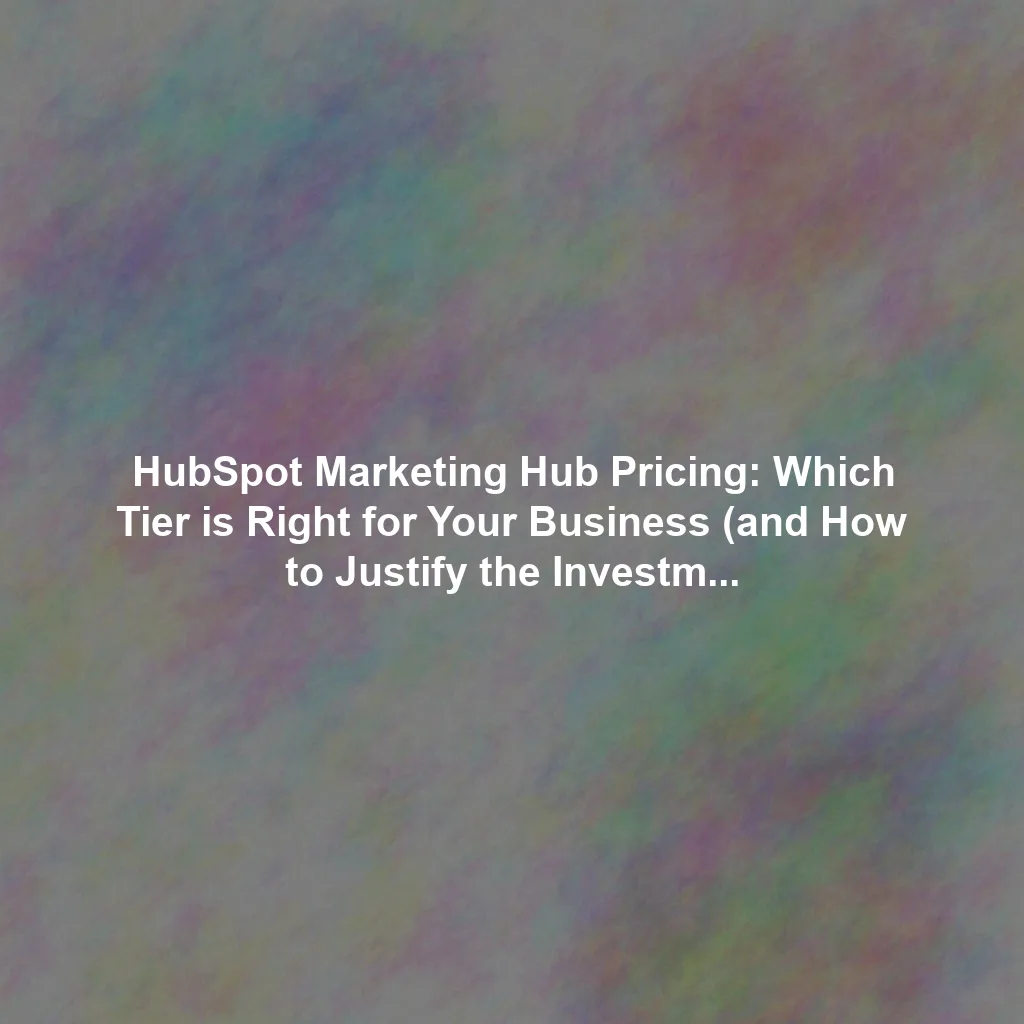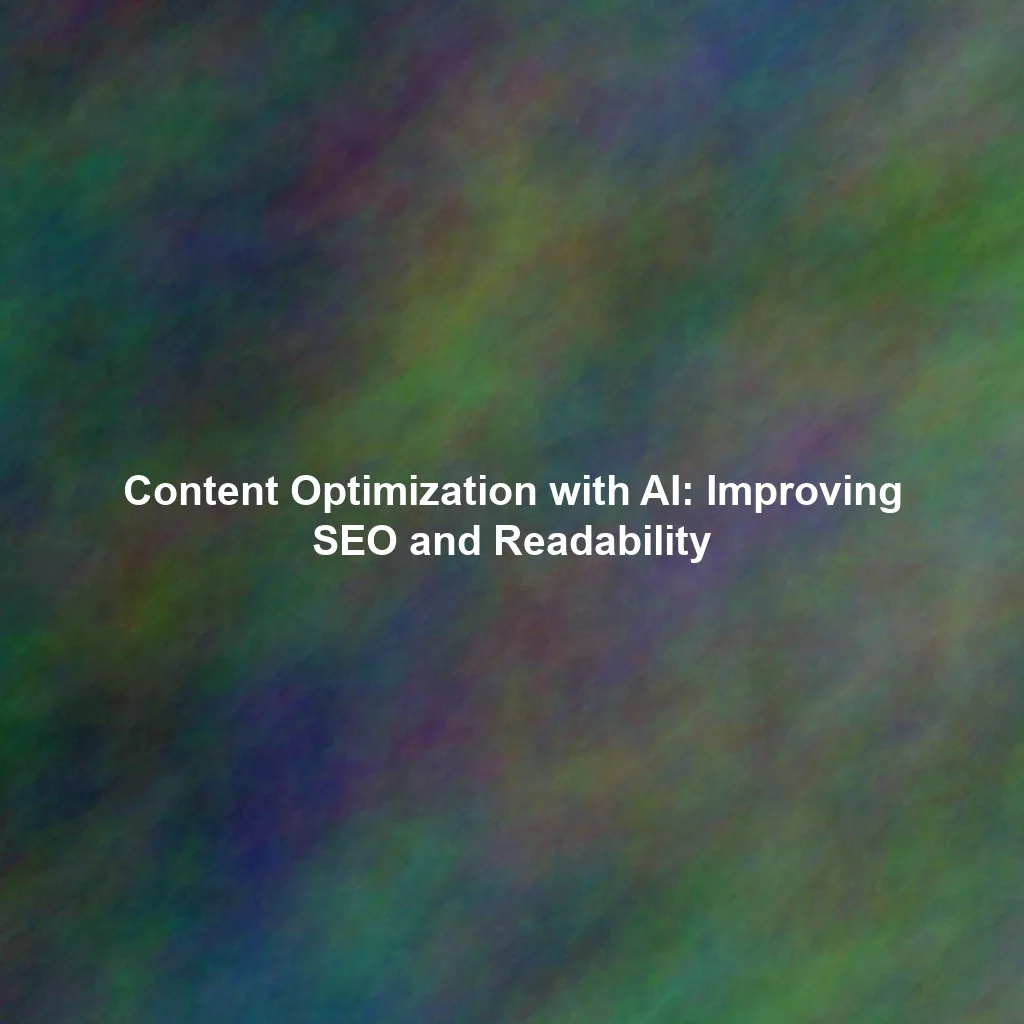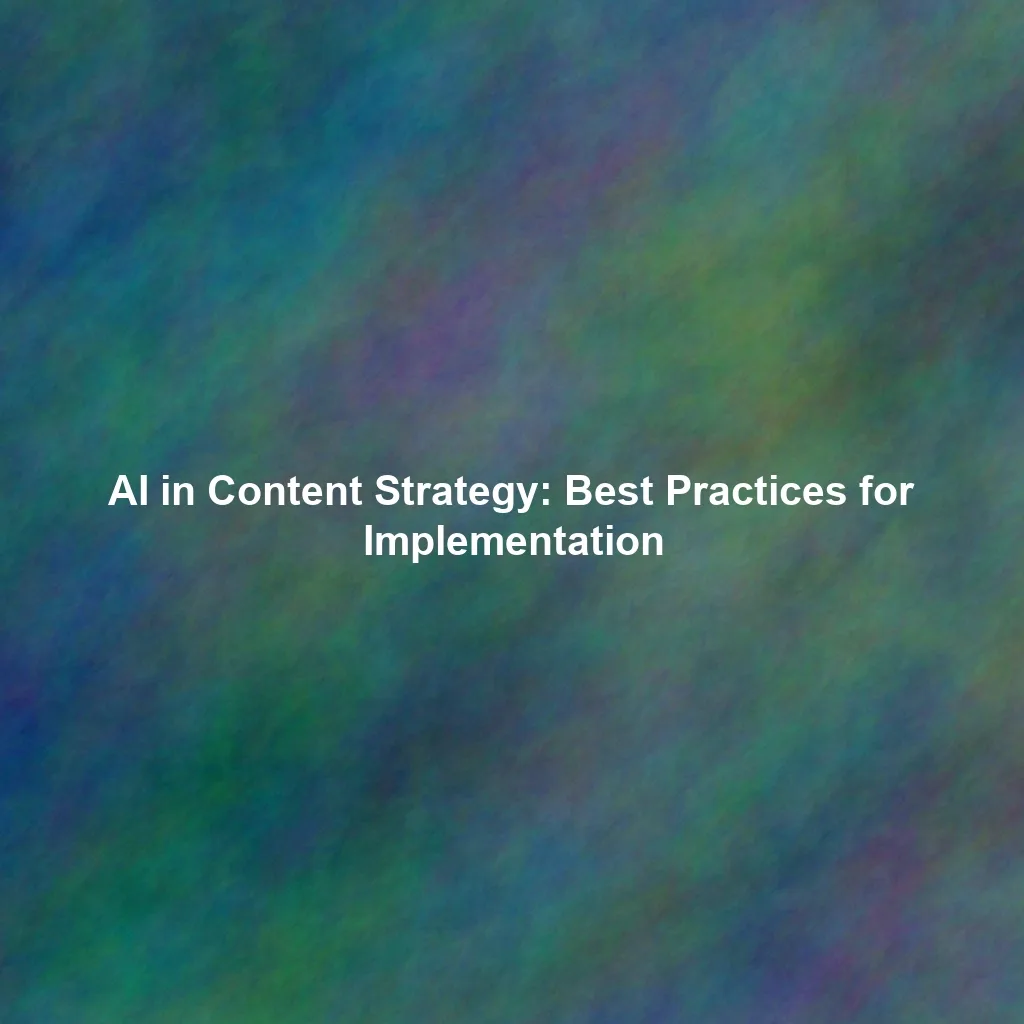Choosing the right marketing automation platform is a critical decision for any business. HubSpot’s Marketing Hub offers a comprehensive suite of tools to attract, engage, and delight customers. However, navigating the different pricing tiers – Starter, Professional, and Enterprise – can be a daunting task. This article provides a detailed breakdown of each tier, helping you identify the perfect fit for your organization and offering strategies to justify the investment to your stakeholders.
Understanding HubSpot Marketing Hub Pricing Tiers
HubSpot’s Marketing Hub is structured into three primary tiers, each designed to cater to different business needs and growth stages. Let’s examine each tier in detail:
HubSpot Marketing Hub Starter
The Starter tier is designed for businesses that are just beginning their inbound marketing journey. It provides essential tools for lead capture and basic email marketing.
- Key Features: Contact Management, Email Marketing (limited), Forms, Ad Management (limited), Reporting Dashboards.
- Ideal for: Small businesses with simple marketing needs, early-stage startups, teams looking to centralize basic marketing activities.
- Limitations: Limited automation, basic reporting, fewer advanced features.
- Pricing: Typically starts with a lower monthly cost but keep in mind that this price often increases substantially based on contact volume.
HubSpot Marketing Hub Professional
The Professional tier unlocks the full power of HubSpot’s marketing automation capabilities. It’s a significant step up from Starter, offering advanced features for lead nurturing, content creation, and campaign management.
- Key Features: All Starter features, Marketing Automation, Landing Pages, Blog, Social Media Management, SEO Tools, Lead Scoring, A/B Testing, Custom Reporting, and access to integrations.
- Ideal for: Growing businesses with established marketing teams, companies focused on generating and nurturing leads, organizations seeking to improve their content marketing and SEO efforts.
- Limitations: User limits can impact larger teams, some enterprise-level features are missing.
- Pricing: A mid-range option, offering a balance between features and cost. Again, this is heavily reliant on your contact base.
HubSpot Marketing Hub Enterprise
The Enterprise tier is the most powerful and comprehensive option, designed for large organizations with complex marketing requirements. It offers advanced features for team management, reporting, and customization.
- Key Features: All Professional features, Account-Based Marketing (ABM) Tools, Revenue Attribution Reporting, Predictive Lead Scoring, Custom Objects, Behavioral Event Triggered Emails, Advanced Permissions, Dedicated Support.
- Ideal for: Large enterprises with multiple marketing teams, organizations requiring advanced reporting and analytics, businesses focused on ABM strategies, companies needing robust customization and support options.
- Limitations: Highest price point, potentially more complex to implement and manage.
- Pricing: The most expensive tier, suitable for organizations with a significant marketing budget.
Feature Comparison Table
| Feature | Starter | Professional | Enterprise |
|---|---|---|---|
| Contact Management | Yes | Yes | Yes |
| Email Marketing | Limited | Yes | Yes |
| Marketing Automation | No | Yes | Yes |
| Landing Pages | No | Yes | Yes |
| Blog | No | Yes | Yes |
| Social Media Management | No | Yes | Yes |
| SEO Tools | No | Yes | Yes |
| Lead Scoring | No | Yes | Yes (Predictive) |
| A/B Testing | No | Yes | Yes |
| Account-Based Marketing (ABM) | No | No | Yes |
| Custom Objects | No | No | Yes |
Choosing the Right Tier: A Step-by-Step Guide
- Assess Your Marketing Needs: Identify your current marketing challenges, goals, and priorities. What are you trying to achieve?
- Evaluate Your Budget: Determine your budget for marketing automation software. Be realistic about what you can afford.
- Consider Your Team Size: How many users will need access to the platform? Each tier has user limitations.
- Prioritize Features: Which features are essential for your success? Focus on the features that will have the biggest impact on your ROI.
- Think Long-Term: Consider your future growth plans. Will the tier you choose today still meet your needs in a year or two?
- Request a Demo: Schedule a demo with HubSpot to see the platform in action and ask questions.
Justifying the Investment: Maximizing ROI
Convincing stakeholders to invest in HubSpot can be challenging. Here are some strategies to justify the investment and maximize ROI:
- Quantify the Benefits: Translate the features into tangible benefits. For example, “Marketing automation will save us X hours per week, allowing us to focus on higher-value activities.”
- Track Key Metrics: Define key performance indicators (KPIs) and track them diligently. Demonstrate how HubSpot is contributing to improved results.
- Showcase Success Stories: Share success stories from other businesses that have used HubSpot to achieve similar goals.
- Develop a Detailed Implementation Plan: Outline a clear plan for implementing and using HubSpot. This will demonstrate that you’ve thought through the process.
- Train Your Team: Invest in training to ensure your team is proficient in using HubSpot. This will maximize the value you get from the platform.
- Use HubSpot Reporting: Leverage HubSpot’s reporting tools to visually showcase the impact of your marketing efforts and demonstrate ROI to stakeholders.
Contact Volume Considerations
HubSpot’s pricing is heavily influenced by the number of contacts you store in the system. As your contact database grows, your monthly cost will increase. It’s crucial to factor in your anticipated contact growth when selecting a tier and budgeting for HubSpot. Regularly clean your contact database to remove inactive or irrelevant contacts to minimize unnecessary costs.
Conclusion
Choosing the right HubSpot Marketing Hub tier is a critical step in achieving your marketing goals. By carefully assessing your needs, evaluating your budget, and considering your long-term growth plans, you can select the tier that best aligns with your organization. Remember to quantify the benefits, track key metrics, and showcase success stories to justify the investment and maximize your ROI. With the right strategy and commitment, HubSpot can be a powerful tool for driving growth and achieving marketing success.
 Skip to content
Skip to content

